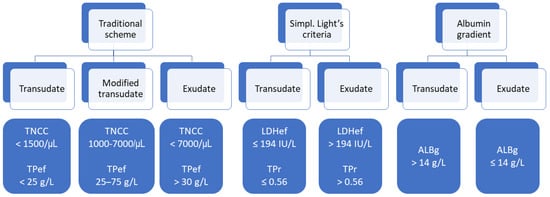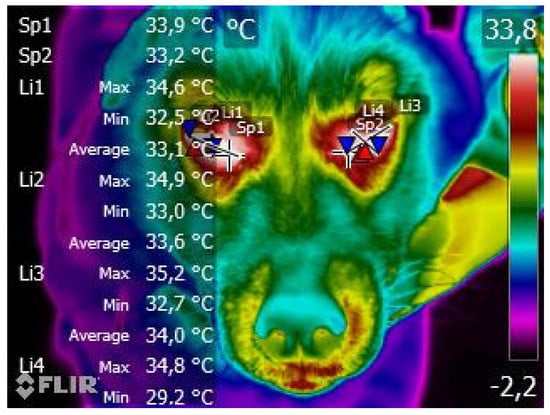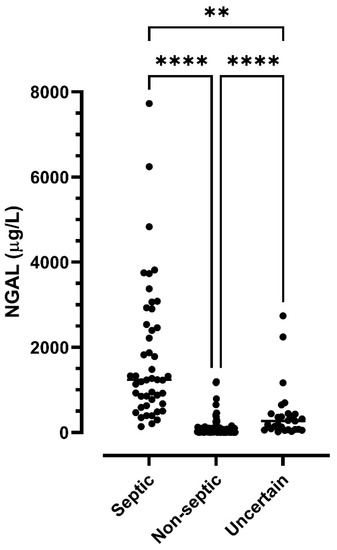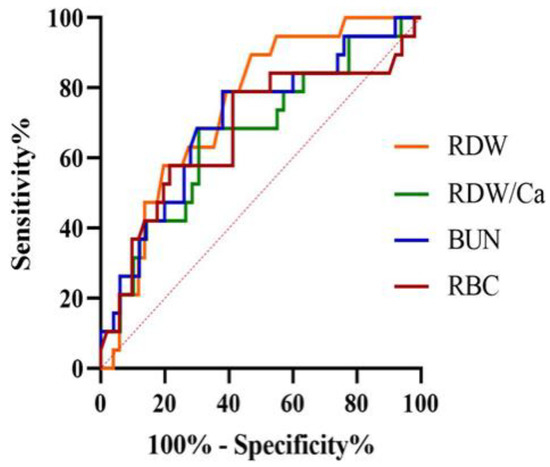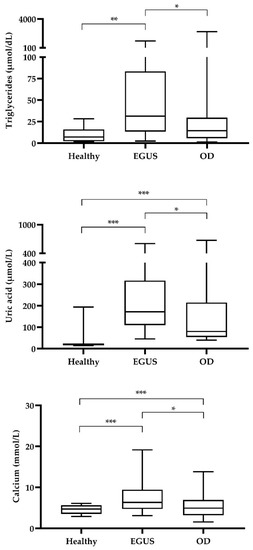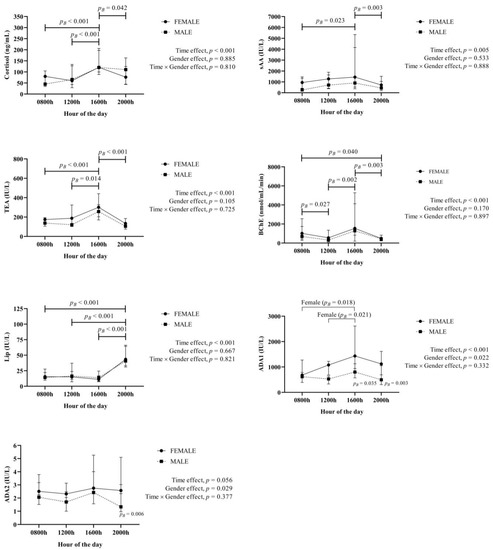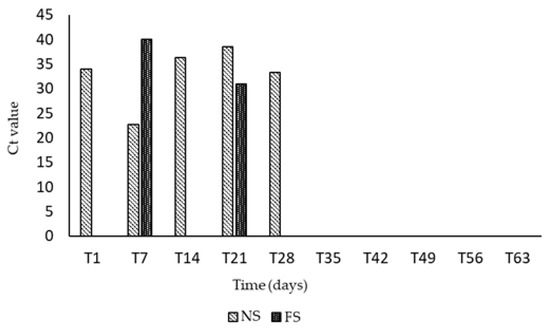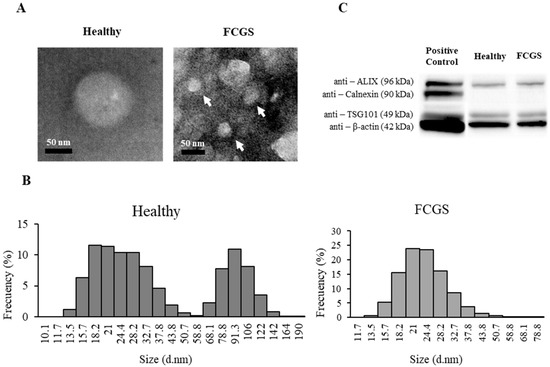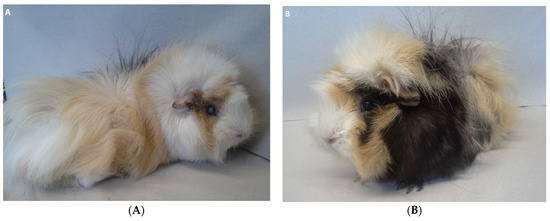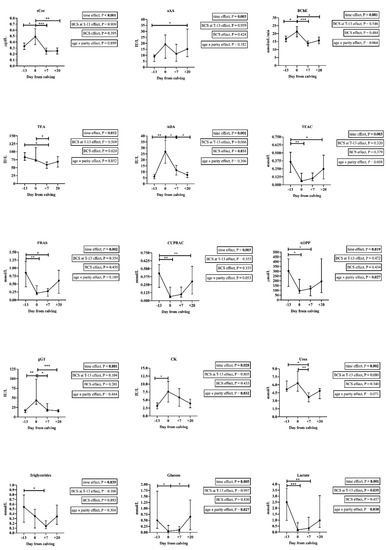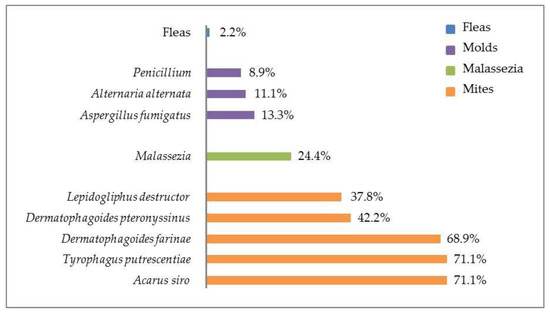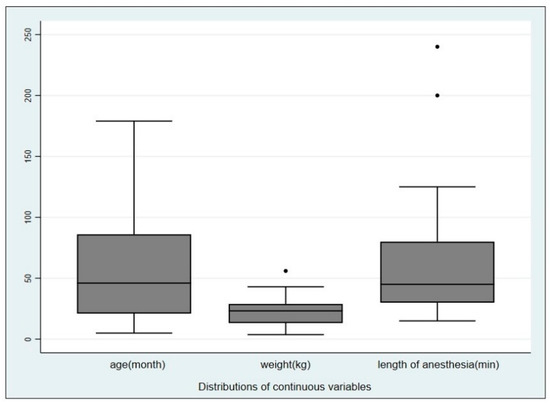Clinical Pathology in Animals
A topical collection in Animals (ISSN 2076-2615). This collection belongs to the section "Veterinary Clinical Studies".
Viewed by 58980Editors
Interests: clinical pathology; hematology; onco-hematology; transfusion medicine
Special Issues, Collections and Topics in MDPI journals
Topical Collection Information
Dear Colleagues,
The theme of this Special Issue of Animals is Clinical Pathology in Animals.
The scope of this Special Issue is to provide a source for the publication of articles, reviews, case reports, and case studies covering all aspects of the clinical laboratory diagnosis of animal diseases. Particularly, we encourage improving the knowledge and comparative aspects between different mammalian species, including humans, and breeds with regard of clinical chemistry, cytopathology, hematopathology, hemoparasites, coagulation, and coagulative disorders, bone marrow and hematopoietic neoplasia, biomarkers of disease, hormonal analysis, endocrine disease, infectious diseases of blood and bone marrow, inflammation and inflammatory mediators, genetic blood and biochemical disorders, as well as assay validations and method comparisons. This Special Issue should encourage good contact between clinicians, pathologists, and biochemical experts to support daily work, scientific research, increase knowledge, and to facilitate coordination of clinical research in all species.
Constant work by experts in the many areas of interest in Veterinary Clinical Pathology is important so that knowledge can be extended both in terms of early and accurate laboratory diagnoses of animal diseases and in terms of new comparative aspects with human diseases.
Dr. Arianna Miglio
Dr. Angelica Stranieri
Guest Editors
Manuscript Submission Information
Manuscripts should be submitted online at www.mdpi.com by registering and logging in to this website. Once you are registered, click here to go to the submission form. Manuscripts can be submitted until the deadline. All submissions that pass pre-check are peer-reviewed. Accepted papers will be published continuously in the journal (as soon as accepted) and will be listed together on the collection website. Research articles, review articles as well as short communications are invited. For planned papers, a title and short abstract (about 100 words) can be sent to the Editorial Office for announcement on this website.
Submitted manuscripts should not have been published previously, nor be under consideration for publication elsewhere (except conference proceedings papers). All manuscripts are thoroughly refereed through a single-blind peer-review process. A guide for authors and other relevant information for submission of manuscripts is available on the Instructions for Authors page. Animals is an international peer-reviewed open access semimonthly journal published by MDPI.
Please visit the Instructions for Authors page before submitting a manuscript. The Article Processing Charge (APC) for publication in this open access journal is 2400 CHF (Swiss Francs). Submitted papers should be well formatted and use good English. Authors may use MDPI's English editing service prior to publication or during author revisions.
Keywords
- clinical chemistry
- cytopathology
- hemoparasites
- bone marrow
- hemostasis
- immunology
- immunophenotyping
- hematopoietic neoplasia
- endocrine disease
- inflammatory mediators
- biomarkers







